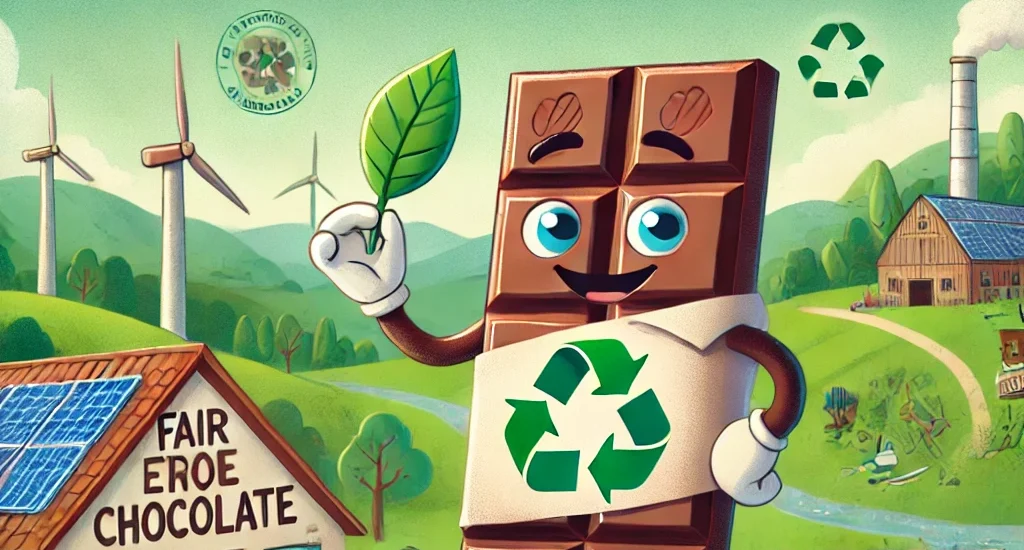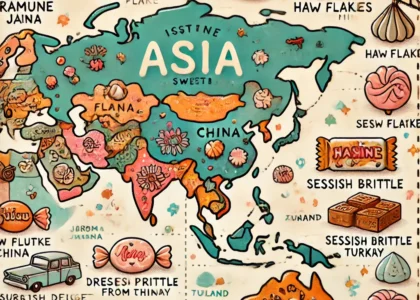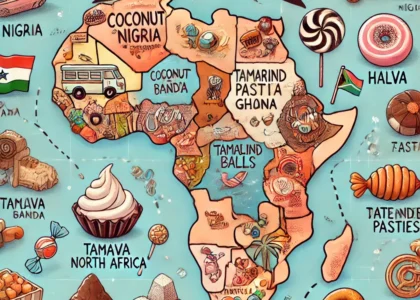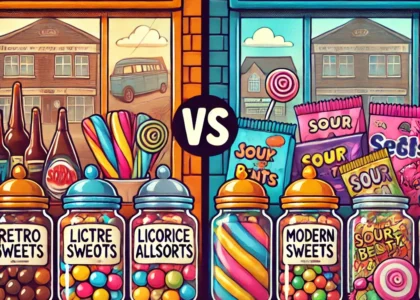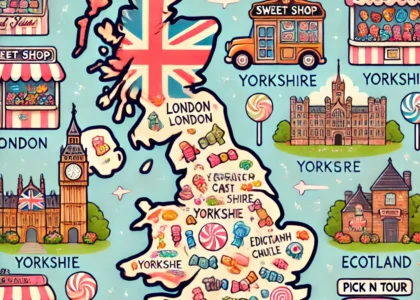Introduction
In recent years, consumers have become increasingly aware of the environmental and social impacts behind their favorite treats—especially chocolate. The chocolate industry faces significant challenges related to deforestation, child labor, and fair wages for farmers. This awareness has sparked a powerful movement toward ethical chocolate, reshaping production, marketing, and consumer behavior worldwide.
This article explores what ethical chocolate means, the key issues driving change, how brands are responding, and what consumers can do to support a more sustainable and just chocolate industry.
1. The Dark Side of Chocolate Production
Chocolate’s raw material—cacao—is primarily grown in West Africa, Latin America, and parts of Asia, regions that face complex socio-economic and environmental issues.
Key Challenges:
- Deforestation: Large-scale cacao farming often contributes to rainforest destruction.
- Child Labor: Estimates suggest tens of thousands of children work on cacao farms under hazardous conditions.
- Farmer Poverty: Many farmers earn less than $1 per day, limiting their ability to invest in sustainable practices.
- Biodiversity Loss: Monoculture farming reduces ecosystem diversity, affecting soil health and local wildlife.
These challenges demand urgent attention from stakeholders across the supply chain.
2. What is Ethical Chocolate?
Ethical chocolate goes beyond organic or natural labels to encompass social justice, environmental responsibility, and economic fairness.
Key Principles:
- Fair Trade: Ensuring farmers receive fair prices and premiums for community development.
- Sustainable Farming: Practices that preserve soil, water, and biodiversity.
- Child Labor Elimination: Transparent supply chains free from exploitative labor.
- Transparency and Traceability: Clear sourcing information from bean to bar.
Ethical chocolate aims to create a positive impact at every stage—from growing the cacao beans to selling the final product.
3. Certifications and Standards
Several certifications help consumers identify ethical chocolate:
- Fairtrade International (FLO): Focuses on fair prices, labor rights, and community development.
- Rainforest Alliance: Emphasizes environmental protection and social equity.
- UTZ Certified: Promotes sustainable farming and better livelihoods.
- Organic: Ensures farming without synthetic pesticides or fertilizers.
Each certification has strengths and limitations, and many brands now combine multiple labels.
4. Leading Ethical Chocolate Brands
Several companies have pioneered ethical sourcing and transparency:
- Divine Chocolate: Co-owned by Ghanaian farmers, ensuring direct benefits.
- Tony’s Chocolonely: Advocates for 100% slave-free chocolate and supply chain transparency.
- Alter Eco: Combines organic farming with fair trade and carbon-neutral goals.
- Theo Chocolate: Emphasizes organic, fair trade, and direct relationships with farmers.
These brands not only produce quality chocolate but also raise consumer awareness and industry standards.
5. Innovations in Sustainable Farming
Technology and community initiatives are enhancing sustainable cacao production:
- Agroforestry: Integrating cacao with native trees to promote biodiversity.
- Mobile Apps: Helping farmers access market prices, weather forecasts, and training.
- Genetic Research: Developing disease-resistant cacao varieties.
- Cooperatives: Strengthening farmer bargaining power and knowledge sharing.
These efforts contribute to long-term resilience and improved farmer livelihoods.
6. Consumer Role and Impact
Consumers wield significant power to influence the chocolate industry:
- Choosing Certified Products: Supporting fair trade and sustainable brands.
- Advocacy: Demanding transparency and ethical standards from manufacturers.
- Reducing Waste: Buying less but better-quality chocolate.
- Educating Others: Sharing knowledge about ethical chocolate.
Consumer demand drives brands to adopt and innovate ethical practices.
7. Challenges and Criticisms
While ethical chocolate has made strides, challenges remain:
- Certification processes can be costly and complex for small farmers.
- Some certifications are criticized for insufficient enforcement.
- Ethical chocolate products often come at a premium price, limiting access.
- Traceability in complex supply chains remains difficult.
Continued collaboration and innovation are needed to address these issues.
Conclusion
The rise of ethical chocolate represents a hopeful shift in one of the world’s most beloved indulgences. By prioritizing fairness, sustainability, and transparency, the industry can protect ecosystems, empower farming communities, and deliver guilt-free pleasure to consumers.
As more brands commit to ethical principles and consumers demand accountability, the future of chocolate looks not only sweeter but also more just and sustainable.

